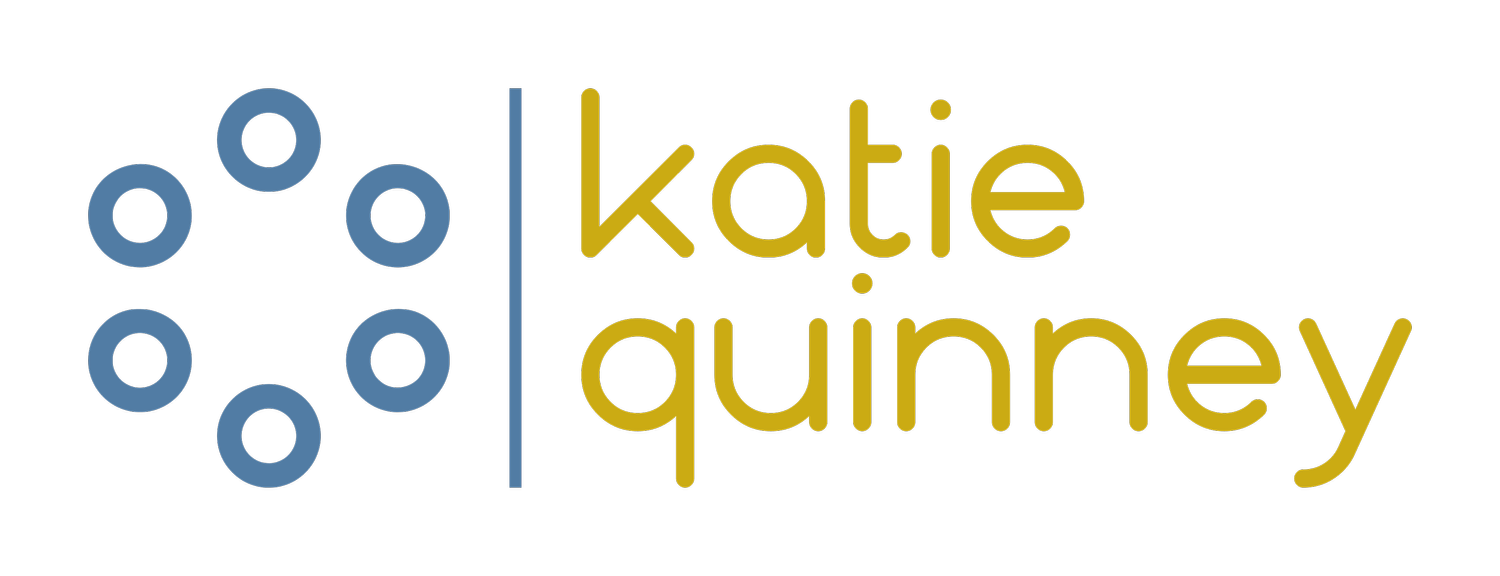The Anatomy of Trust
The trouble when we talk about trust is that what I'm actually talking about might be different to what you think of as trust. I wrote about trust way back in 2016 and while the essence of what I wrote about is the same, many of the links don't work anymore. So it was well time for a refresh.
I did one of the early online courses offered by Brené Brown which broke down trust into elements you could define clearly and talk about easily with someone. Rather than the vague broad sweeping statement of 'I don't trust you', there can be a language that defines trust for you to understand and subsequently and most importantly, make a move towards building or rebuilding trust.
This 25 minute video has the explanation or 'anatomy' from Brené Brown and it is a theme that has continued in her work through many of her books. Reading Patrick Lencioni's Five Dysfunctions of a Team brings home why trust needs to be the foundation for how you work in your team, and that means all the people you get to work with. When referencing this with the work of Brené Brown it's important to note that vulnerability comes first, we have to be vulnerable to build trust.
The anatomy of trust from Brené Brown forms the acronym BRAVING. These definitions and frames can work for you as an individual - can you trust yourself. They can apply for teams, for people who have to work together and can be applied across an organisation and how different teams work together.
Boundaries - You respect my boundaries, and when you are not clear about what's OK and what's not OK you'll ask. You are willing to say no and ask for what you need.
Reliability - You'll do what you say, that means staying aware of your competencies and limitations, you won't over promise and you deliver on what you say you'll deliver
Accountability - You own your mistakes, say sorry and make amends. You don't blame others for your mistakes and when you need to hold others to account you'll do so with respect and honesty.
Vault - You don't share information or experiences that are not yours to share. I need to know my confidences are kept and that you're not sharing with me any information about other people that should be confidential.
Integrity - You choose courage over comfort. You choose what is right over what is easy and quick. You choose to practice your values rather than simply professing them.
Non-judgement - I can ask for what I need and you can ask for what you need. We can talk about how we feel without judgement.
Generosity - You extend the most generous interpretation possible to the intentions, words and deeds of others.
That list and frames gives you and those you work with definable points to have honest conversations about what works really well and when it's not working it gives you the start to understand the impact and what to do differently. Downloads of this list can be found here.
The concepts and stories behind this framework are found in most of Brené's books. If you haven't read any of them she gives you a guide as to what to read first.
My other go to place when curating a topic for you is TED and this time I can't just use their already created playlist as it's not quite the right collection from my perspective. So of course I have my own trust playlist for you: 30 minutes all up or your choice of time.........
How to build (and rebuild trust) (15 minutes) Frances Frei describes the 3 elements of trust - empathy, authenticity and logic. Great great talk. I cannot stress how much you must watch this talk.
What we don't understand about trust (10 minutes) Onora O'Neill again 3 elements but a different perspective and was in the email back in 2016. Even if you listen just for her accent and then you get her wise perspective as a bonus. Trust is something given to you by others and they choose to do so based on you. She also brings the crux of vulnerability into the equation and how the change needs to begin with you.
Should you trust your first impression (5 minutes) this short TED-Ed animation had me really thinking. It is the behaviour of others that makes us decide if we will trust them, how does your brain make that decision and how do you update that first impression. And is any of it correct?

